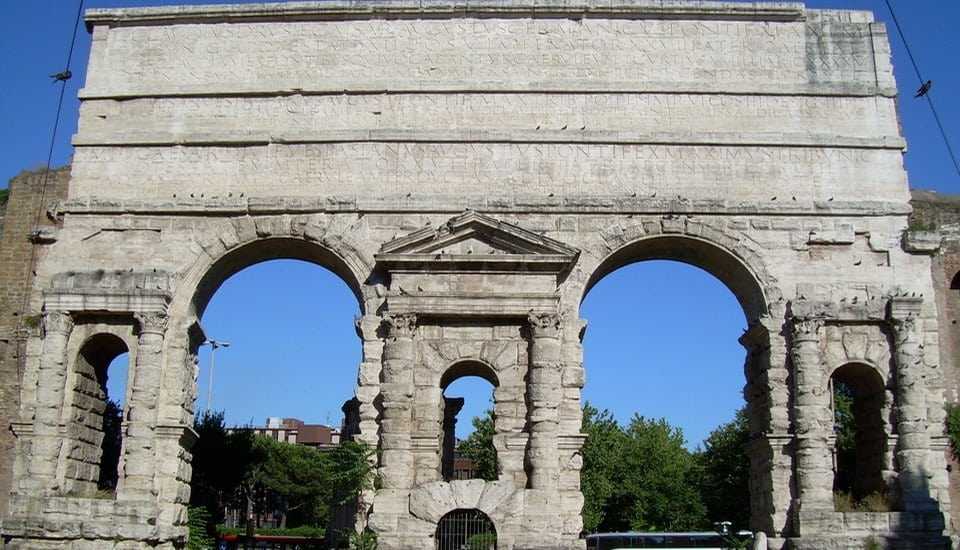Exploring the Porta Maggiore: Ancient Roman Gate
The Porta Maggiore is one of Rome’s most intriguing ancient structures, offering a glimpse into the city’s rich history. This monumental gate, originally part of the Aurelian Walls, stands as a testament to Roman engineering and architectural prowess. For those interested in exploring Rome’s ancient past, the Porta Maggiore is a must-visit site that combines historical significance with architectural beauty.
Historical Significance
The Porta Maggiore, also known as the “Greater Gate,” was constructed in 52 AD under the reign of Emperor Claudius. It served as a dual-purpose structure, functioning both as a gate and an aqueduct. The gate was part of the Aqua Claudia and Anio Novus aqueducts, which were crucial in supplying water to the city of Rome. This dual functionality highlights the Romans’ innovative approach to urban planning and infrastructure.
The gate’s historical significance is further underscored by its location. It was strategically placed at the intersection of several important roads, including the Via Praenestina and the Via Labicana. This made it a vital point of entry and exit for travelers and traders, contributing to Rome’s status as a bustling metropolis. Today, the Porta Maggiore stands as a reminder of the city’s ancient past and its role in shaping the modern world.
Architectural Features
The Porta Maggiore is renowned for its impressive architectural features, which reflect the grandeur of Roman engineering. The gate is constructed from travertine, a type of limestone that was commonly used in Roman architecture. Its design is characterized by two large arches, each adorned with intricate carvings and inscriptions. These decorations include references to the aqueducts and the emperors who commissioned them, providing valuable insights into the history of the period.
One of the most striking features of the Porta Maggiore is its use of rustication, a technique that involves leaving the stone blocks with a rough, unfinished surface. This gives the gate a distinctive appearance and adds to its monumental presence. The combination of rustication and detailed carvings creates a unique aesthetic that has captivated visitors for centuries.
Visiting the Porta Maggiore
For those planning to visit the Porta Maggiore, there are a few practical considerations to keep in mind. The gate is located in the Esquilino district of Rome, easily accessible by public transportation. The nearest metro station is Manzoni, which is a short walk from the site. Alternatively, several bus routes pass by the area, making it convenient for visitors to reach the gate.
When visiting the Porta Maggiore, it’s worth taking the time to explore the surrounding area. The gate is situated near several other historical sites, including the Basilica of Santa Croce in Gerusalemme and the Tomb of Eurysaces the Baker. These attractions offer additional insights into Rome’s rich history and are well worth a visit.
It’s also advisable to visit the Porta Maggiore during daylight hours to fully appreciate its architectural details. The play of light and shadow on the stone surfaces enhances the gate’s visual appeal, making it a rewarding experience for history enthusiasts and casual visitors alike.
